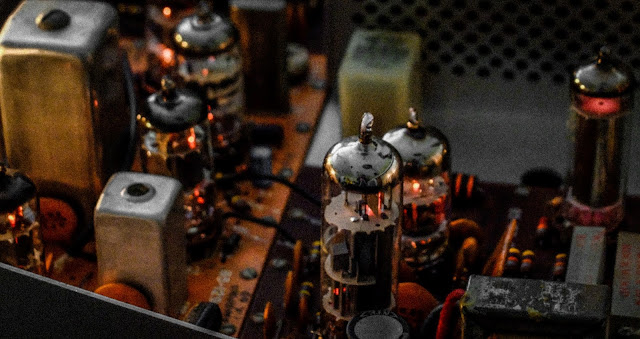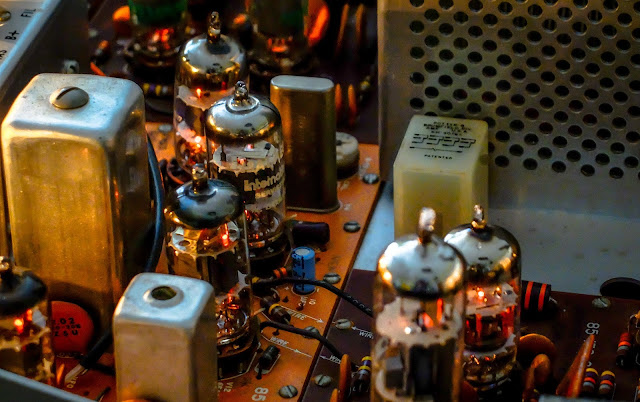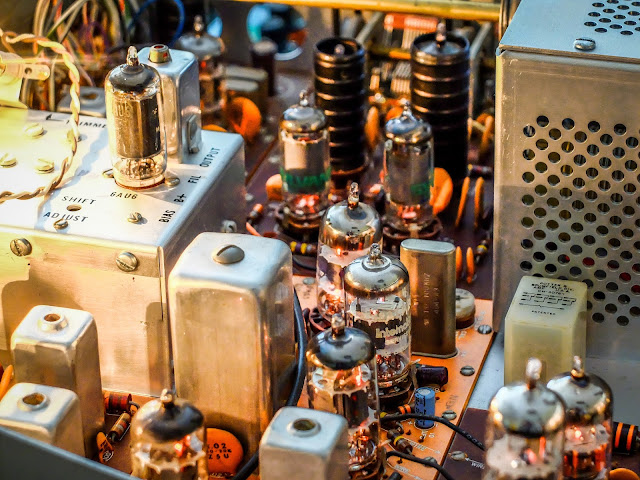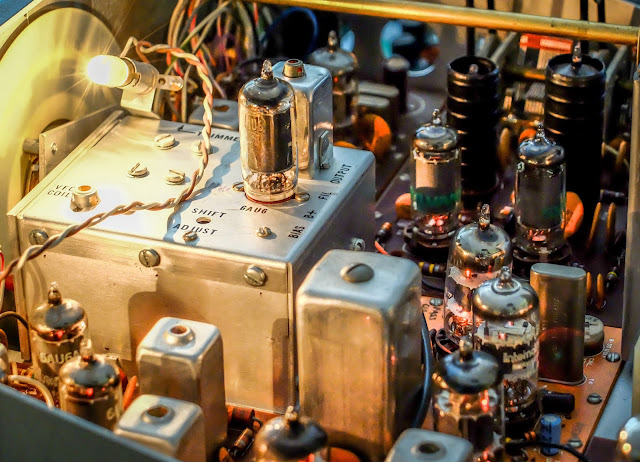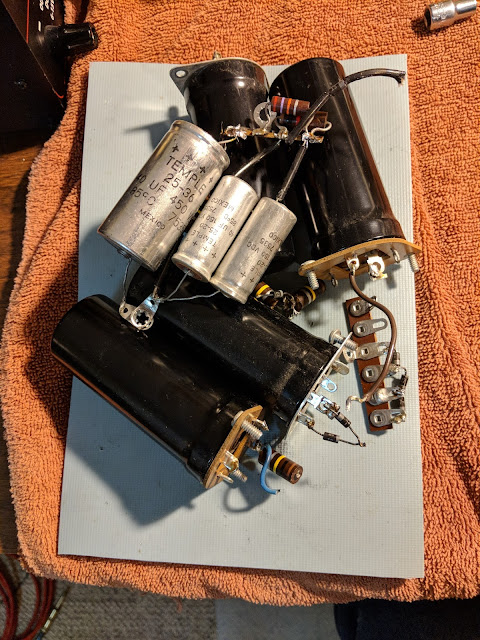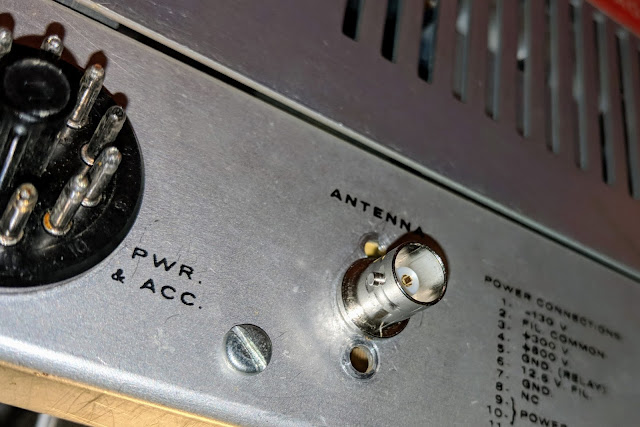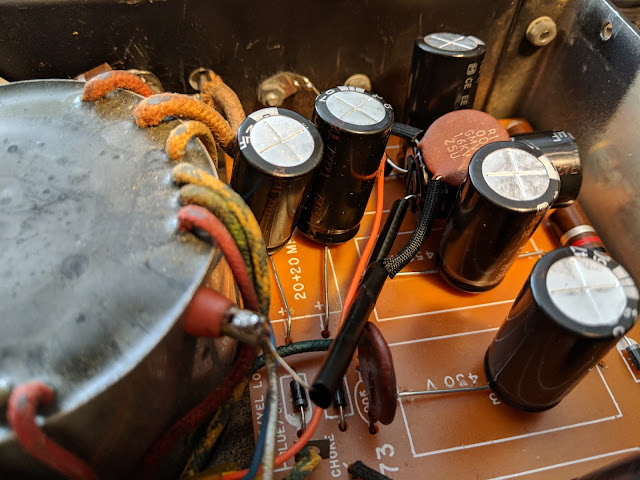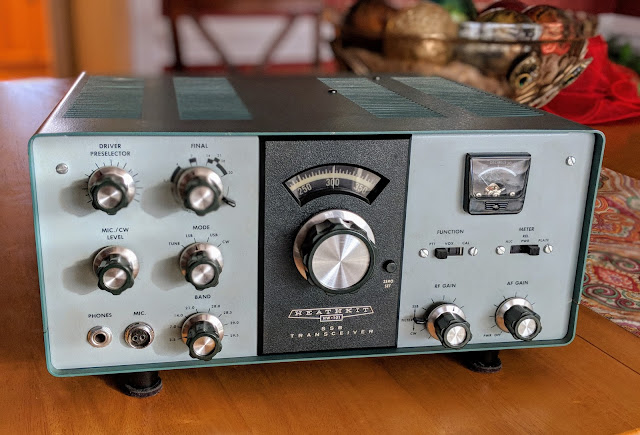Get a remote signal report via WebSDR
I've been making modifications / upgrades to my old Heathkit HW-101.I've had a good number of CW QSOs and a couple of phone contacts with it so far and received good reports. One concern I had, regarded losing the first DIT of a letter on initial relay closure. There is an upgrade article for the HW-101 with a section describing a fix for losing the first DIT of a letter on the initial close of the relay. The modification involve replacing a resistor with a lower value that triggers the VOX. It's a resistor change from 470k to 1k which seems kind of extreme to me.
According to the article you will hear the initial DIT in the sidetone but above 20wpm that DIT is not transmitted due to a delay of the relay closure because it's driven by a VOX circuit.
This test is difficult to describe to a remote CW operator.
I recalled that webSDR stations usually offer a remote recording facility. I found a webSDR station that was within propagation on 40m today and sent my CQ with my call while recording from that remote station. My call, of course, begins with the letter A, which begins with a DIT. I paused for the VOX delay to timeout between sending my call-sign, thus causing AA4OO to be sent with the relay closing at the beginning each time. I started the recording before my call and stopped when I was finished and downloaded it.
| remote webSDR station recorder |
I confirmed, that although the initial DIT was shortened a bit above 20wpm, it was still being heard and didn't affect copy of words that began with a DIT on relay closure. So I've decided to not do that modification at this time. I previously used DEOXIT on the both sets of relay contacts in the HW-101, because there seemed to be some corrosion present that was affecting receive at times, and that has cleaned up the performance of the relay considerably.
So if you're wondering how to get a remote signal report when no one is answering your call the facilities of a remote webSDR station may help.
NOTE: The HW-101 doesn't have a precise VFO readout, even after calibrating it with the built-in crystal calibrator. I use the reverse beacon network to spot me and take the frequency reported by remote beacon to enter into the frequency of the webSDR station to find my signal.
This works for getting a SSB report as well
This is also useful for determining how your SSB signal sounds. So if you verify your audio from a remote station, try using a remote webSDR station recording capability for checking your rig.
One way transmissions are prohibited aren't they?
You may be thinking that using webSDR to check your station might be considered a one-way transmission or fall under the prohibition to broadcast by amateur stations. But Section 97.111(b) provides for one-way communications. In summary, auxiliary, beacon, space and stations in distress are specifically authorized to make certain one-way transmissions. Additionally, an amateur station may transmit the following types of one-way communications: Brief transmissions necessary to make adjustments to the station; ...
So just keep your transmissions brief and only use them to make adjustments. I send them as a CQ and follow-up if I receive an answer to my call.
That's all for now
So lower your power and raise your expectations
72/73
Richard, AA4OO


